Impaired postprandial skeletal muscle metabolism in a minipig model of insulin resistance: insights from arteriovenous and biopsy-based metabolomics analyses
Résumé
The postprandial phase (PP) represents one of the most challenging phenomena in wholebody metabolism, as the metabolism must adapt to major changes in blood composition following meal intake. This capacity of adaptation is strongly dependent on the metabolic flexibility of the individual, which is compromised in insulin resistant (IR) conditions, particularly at the skeletal muscle level (1). We applied an untargeted LC/MS-based metabolomics approach to skeletal muscle biopsies obtained before (0) and 1.5, 3 and 6 h after a regular meal in a minipig (dexamethasone treated) model of IR (2). Biopsies analyses were complemented by the assessment of the incoming (arterial) and outgoing (venous) blood metabolomes. As the consequence of the anabolic effect of the meal, in healthy animals we observed increased PP muscle levels of metabolites related to glucose (lactate, glucose-1,6biP, lactoylglutathione), energy (citrate, malate), amino acids (AA; methionine, glutamate, aspartate) and nucleotide (GTP, inosine, guanosine) metabolisms. In contrast, these metabolites showed a blunted PP profile in IR minipigs, which illustrates the loss of response to the meal induced by such condition. These include the inability to uptake and use glucose through glycolysis, stimulate protein synthesis due to the lack of AA entry into the muscle and net loss of other nitrogen resources (nucleotides). For some of these metabolites (lactate, AA) the observed changes in the biopsies were in line with the arteriovenous differences across the muscle, which confirms that they were actively uptaken, while for other (nucleotides) the altered profiles in the muscle were the consequence of intramuscular metabolic changes. As a whole, our high-throughput arteriovenous metabolomics approach across the muscle allowed us to further explore the PP metabolic changes observed in the muscle biopsies from IR minipigs. This strategy could be therefore useful to determine in the systemic circulation metabolites (potential biomarkers) able to sign the IR condition without having access to the skeletal muscle biopsies.(1) Galgani et al. Am J Physiol. 2008;295(5):E1009-17.(2) Revel et al. PLoS ONE. 2017;12(10):e0186204.
Fichier principal
 2019_Livre des Resumes__RFMF_Clermont-Ferrand_1.pdf (2.8 Mo)
Télécharger le fichier
2019_Livre des Resumes__RFMF_Clermont-Ferrand_1.pdf (2.8 Mo)
Télécharger le fichier
| Origine | Fichiers éditeurs autorisés sur une archive ouverte |
|---|
Loading...



